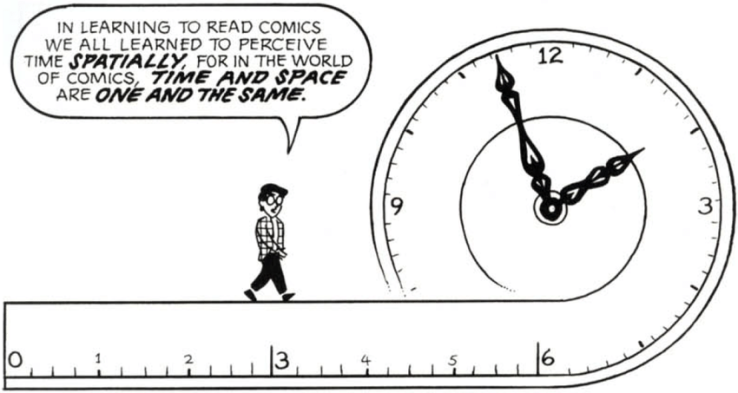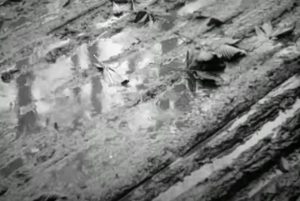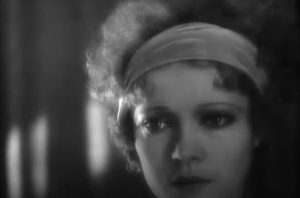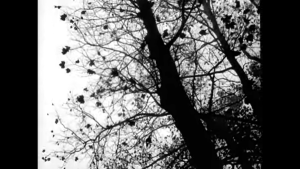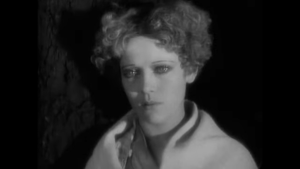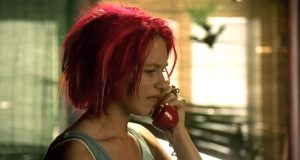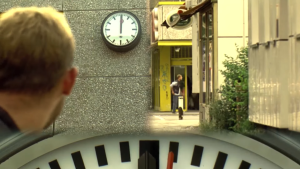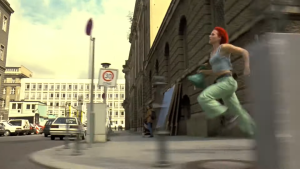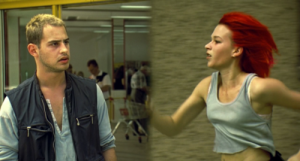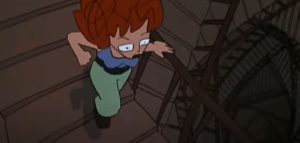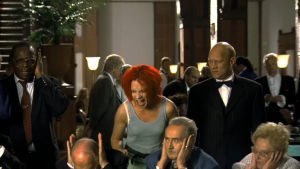Scott McCloud’s visual essay made me think about the possibilities of time manipulation in digital cinema when he talked about the space between the panels being a “gutter”. From what I gathered from the comic is that the gutter is a moment where time is dictated by the reader. The gutter represents the moments after what we just saw, or in some cases could be guiding the flashback to a memory of the characters. 
Movies that I can think of that do a good job at showcasing a manipulation of time are Inception by Christopher Nolan. The movie plays with the idea of dreams happening within dreams. In each dream time moves slower and slower.

There was also Quentin Tarantino’s Pulp Fiction film. The film used a disjointed narrative structure. The film used a timeline to help tie together stories that made the whole movie’s story.

There is also movies that have been iconically referenced like the Matrix. Where Neo is dodging bullets in slow motion. The slow motion was to represent the movement of time.

-Quincy Harris
